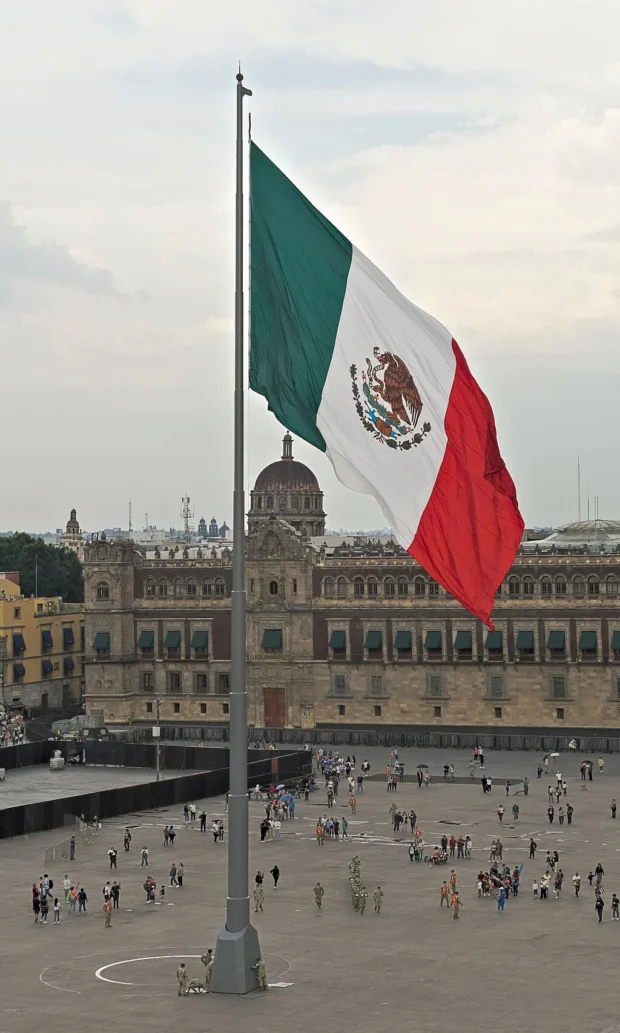When I arrived in Mexico City, I was ready to dive into its vast streets, rich history, and deep flavors. Known as one of the largest cities in the world, this place is full of surprises, from ancient ruins to colorful markets and tasty dishes. If you want to see famous places, eat well, and move easily, this guide will help you enjoy Mexico City step by step. I spoke with locals, tasted unusual dishes, and learned small customs that make the visit smooth and fun.
Table of Contents

Famous Places You Can’t Miss in Mexico City
The heart of Mexico City offers some of the most famous landmarks in Latin America. One of my first stops was the Zócalo, the huge main square where history feels alive. Surrounded by old buildings, including the National Palace with Diego Rivera’s murals, it’s easy to spend hours just walking and watching street artists. Nearby, the Metropolitan Cathedral stands proudly, mixing styles from Baroque to neoclassical.

A short walk takes you to the Templo Mayor museum and ruins. These are remains of the great Aztec city, Tenochtitlan. I found it fascinating to imagine this ancient world beneath the modern capital. If you want to learn more, visit the official site of this iconic Mexico City attraction.

Later, I took a trip to Chapultepec Park, one of the biggest urban parks worldwide. The Castillo de Chapultepec, a castle on a hill inside the park, offers stunning views and shows Mexico’s history through beautiful paintings and rooms. The park itself feels like a green oasis, perfect for calm walks and spotting local birds.
For a deeper dive into Mexico’s ancient history beyond the city, see our guide on the Teotihuacan Pyramids just outside Mexico City.

Tasting Mexico City: Food That Tells a Story
Food in Mexico City is a joyful melody of old and new. One morning, I entered La Merced market, alive with colors and smells. Here, I tried “tacos al pastor,” a favorite street dish made with marinated pork cooked on a vertical spit, similar to shawarma. The slice of pineapple on top gives a sweet twist that surprised my taste buds. In neighborhoods like Roma and Condesa, you can find modern restaurants that mix traditional Mexican recipes with new ideas.
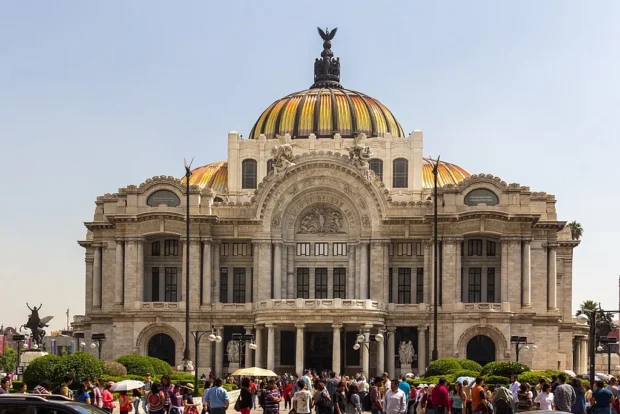
Breakfast in Mexico City often means “chilaquiles,” tortillas cut into pieces, fried, and covered with green or red sauce. With a sprinkle of cheese and onion, it’s a comfort dish with a little spicy kick. I once chatted with a street vendor who told me their recipe comes from their grandmother’s family, passed through generations.
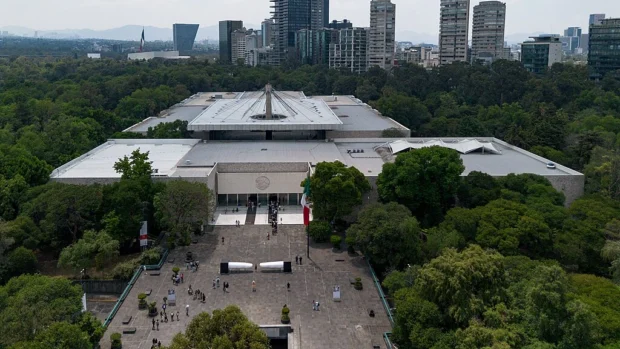
For a dessert break, try “pulque,” a traditional drink made from fermented agave. It feels thick and slightly sour, quite different from the sweet juices we’re used to. Locals say it is a drink that connects the present with the old ways of the Aztecs.

Moving Around Mexico City: Tips for Easy Transport
Getting from the airport to the city center is simple using the Metrobus service, which is clean, safe, and affordable. The airport’s Terminal 1 and 2 have direct lines that connect to important city stops. I avoided the busy streets by choosing this option during rush hour.

Once inside the city, the metro system is a great way to move quickly. It’s easy to use with clear signs and low prices. Still, carrying small change and watching your belongings is smart, as with any large city transport. For shorter distances, you can use “micros,” small buses that cover many neighborhoods but might be confusing for beginners.

Learning Local Ways: Small Customs and Polite Phrases
In Mexico City, politeness opens many doors. People greet with a warm “buenos días” (good morning) or “buenas tardes” (good afternoon). When you enter small shops or restaurants, it’s nice to say “buenas” (a short form for hello). These simple words make interactions friendly and smooth.

Unlike some places, a firm handshake and eye contact show respect. When invited to a meal, it is polite to wait for the host to start eating. Also, tipping around 10-15% is standard in restaurants, but not mandatory. If you want to thank someone casually, say “gracias” (thank you), or for more warmth, “muchas gracias.”
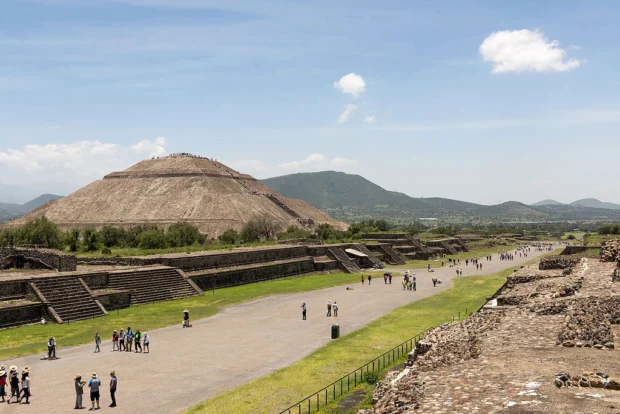
One funny phrase I heard often is “¿Qué onda?” It means “What’s up?” and is a common greeting among friends. Using it casually can help connect better with younger locals.
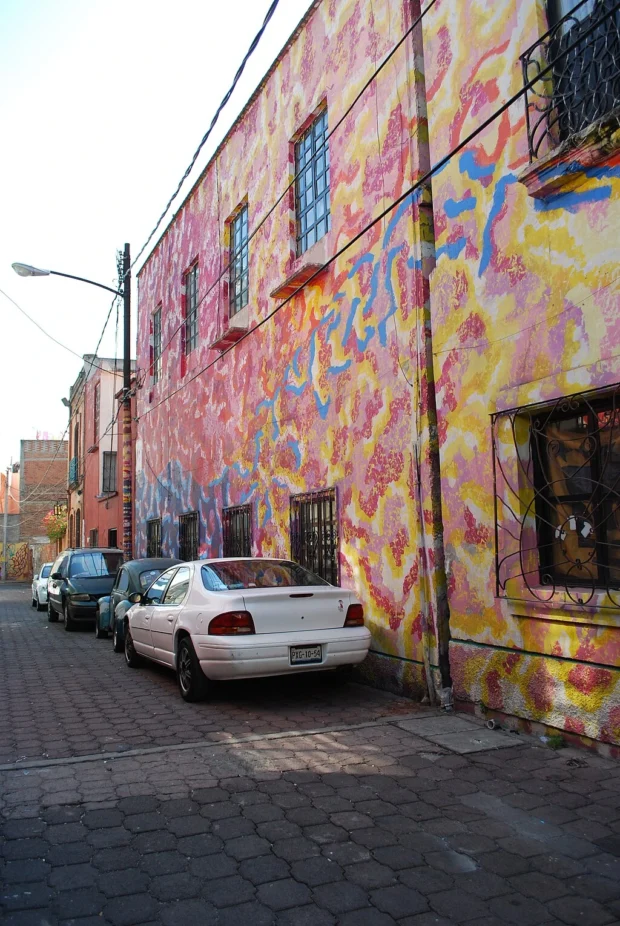
Places to Stay: Neighborhoods with Character
Mexico City has many neighborhoods where you can rest comfortably. I stayed in Condesa, a leafy area full of cafes, small parks, and art galleries. It felt safe and gave me a real sense of everyday life mixed with international visitors. Another good zone is Coyoacán, known for its cobblestone streets and colorful walls. It’s quieter and home to the Frida Kahlo Museum.
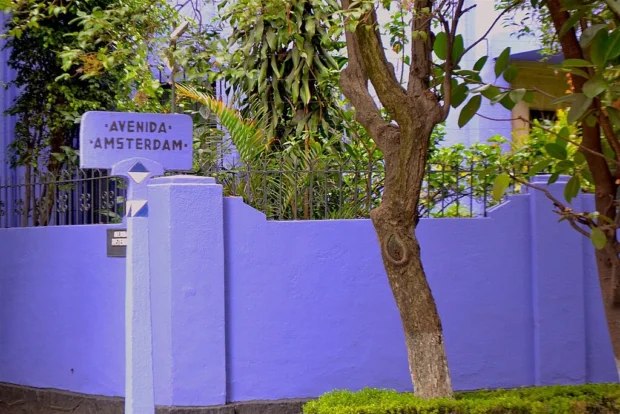
In both areas, you’ll find guesthouses and apartments, often run by friendly hosts who share tips about hidden spots and good eateries. Staying near a metro station helps you get around without stress.
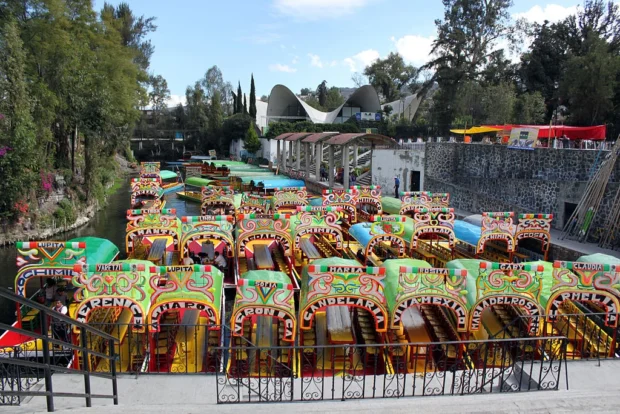
Hidden Gems and Surprising Stories
Not far from the busy center lies the Biblioteca Vasconcelos, a modern library known as the “Megabiblioteca.” It looks like a giant ship made of steel and glass, filled with thousands of books and interesting art installations. Walking inside felt like entering a future where knowledge and design meet.
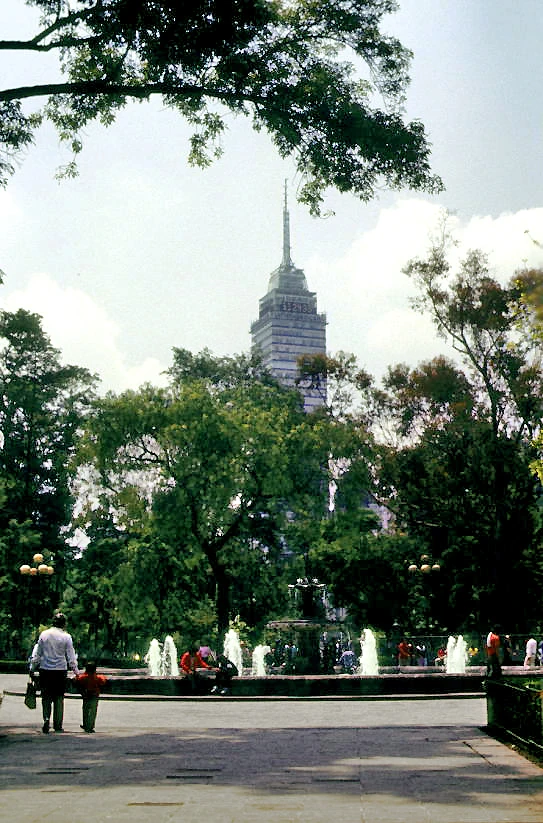
On my last evening, I visited the Plaza Garibaldi, famous for mariachi music. The square fills with musicians offering songs to visitors. It’s noisy but full of life and history. When I asked a mariachi player about their tradition, he smiled and said with pride, “La música es el alma de México” (Music is the soul of Mexico). That moment made me feel the true spirit of the city.
Small Warnings for a Happy Visit
Mexico City is fantastic but big, so it helps to be careful with your things and avoid walking alone late at night in unknown areas. Drinking bottled water is wise, as tap water may upset sensitive stomachs. Lastly, remember that many streets look similar, so carrying a map or using a mobile map app is helpful.
This city mixes ancient and modern like nowhere else. Whether you walk the grand plazas, taste a spicy taco, or chat with local artists, Mexico City invites you to slow down and enjoy its rhythm. One last phrase to keep in your pocket is “Hasta luego,” which means “See you later.” It’s a friendly way to say goodbye until the next time you visit.
For a change of pace, consider Tulum’s charming blend of beaches and ancient ruins that complements the Mexico City experience.

- Monumental Flag, Zocalo, Mexico 20250907 p1 by Cvmontuy on Wikimedia Commons – cc by 4.0
- Plaza de la Constitucion Ciudad de Mexico City by Flickr user schlaeger on Wikimedia Commons – cc by-sa 2.0
- Vista aérea del Castillo de Chapultepec 1 by ProtoplasmaKid on Wikimedia Commons – cc by 4.0
- Frida Kahlo Museum in Coyoacán's downtown by Carmalvi on Wikimedia Commons – cc by-sa 4.0
- Mexico City (2018) – 581 by Another Believer on Wikimedia Commons – cc by-sa 4.0
- Mexico City 2015 012 by Photograph by Mike Peel (www.mikepeel.net). on Wikimedia Commons – cc by-sa 4.0
- Vista aérea del Museo Nacional de Antropología de México 2 by ProtoplasmaKid on Wikimedia Commons – cc by 4.0
- Iglesia de San Juan Bautista en Coyoacán Ciudad de México by Juan Carlos Fonseca Mata on Wikimedia Commons – cc by-sa 4.0
- Mariachis – Xochimilco, Ciudad de México II by Juan Carlos Fonseca Mata on Wikimedia Commons – cc by-sa 4.0
- Basílica de Guadalupe desde el aire 7 by ProtoplasmaKid on Wikimedia Commons – cc by-sa 4.0
- Torre Latinoamericana, Mexico City 2019-10-03 by Alexey Komarov on Wikimedia Commons – cc by-sa 4.0
- 15-07-13-Teotihuacan-RalfR-WMA 0251 by Ralf Roletschek on Wikimedia Commons – gfdl 1.2
- LaRomita04 by AlejandroLinaresGarcia on Wikimedia Commons – cc by-sa 3.0
- Nombre de la Avenida Ámsterdam, antes Pista de Caballos Club Hipódromo Condesa by Katia Flores Torres on Wikimedia Commons – cc by-sa 4.0
- 2013-12-22 Xochimilco 01 anagoria by Anagoria on Wikimedia Commons – cc by 3.0
- Ciudad de México, Alameda Central 1986 01 by LBM1948 on Wikimedia Commons – cc by-sa 4.0
